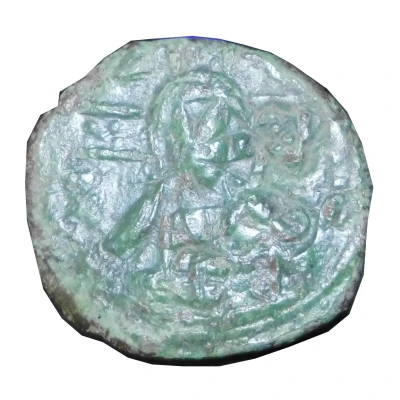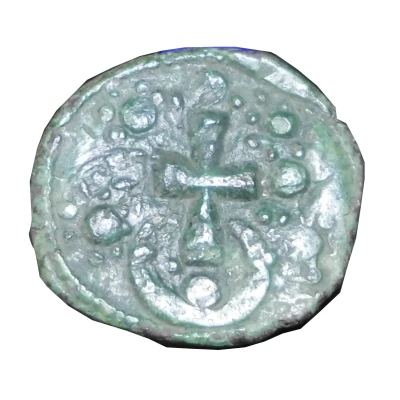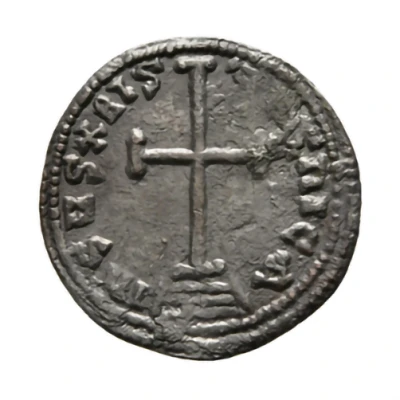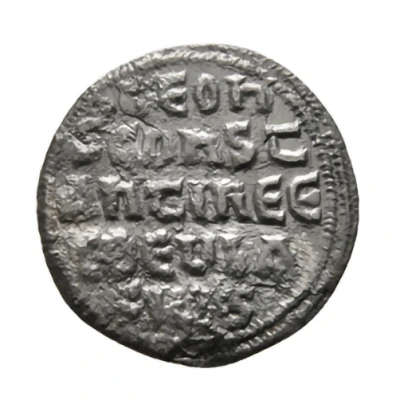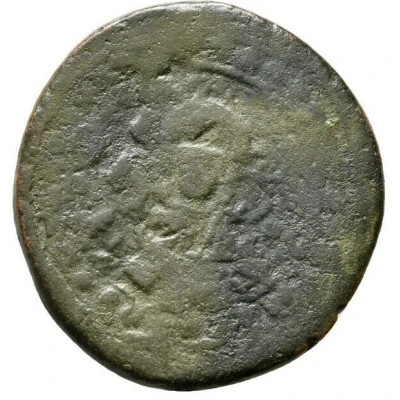
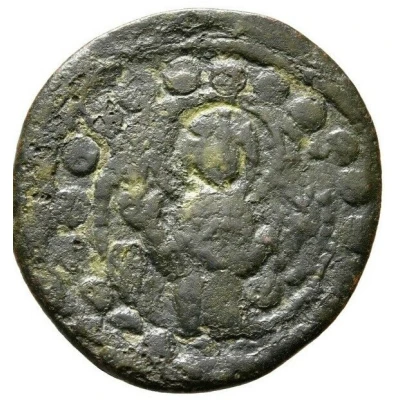

© ALAMIR
Follis - Anonymous Class K Constantinopolis ND
| Bronze | 6.5 g | 29 mm |
| Issuer | Byzantine Empire (Byzantine states) |
|---|---|
| Emperor | Alexios I Komnenos (1081-1118) |
| Type | Standard circulation coin |
| Years | 1081-1118 |
| Value | Follis (1⁄288) |
| Currency | Second Solidus Nomisma (720-1092) |
| Composition | Bronze |
| Weight | 6.5 g |
| Diameter | 29 mm |
| Shape | Round (irregular) |
| Technique | Hammered |
| Orientation | Variable alignment ↺ |
| Demonetized | Yes |
| Updated | 2024-10-04 |
| Numista | N#178562 |
|---|---|
| Rarity index | 85% |
Reverse
Legend split by Holy Mary, three-quarter length figure, hands raised, all inside border of large dots.
Script: Greek
Lettering: MP-ΘV
Unabridged legend: Μήτηρ (τοῦ) Θεοῦ
Translation: Mother of God
Interesting fact
One interesting fact about the Follis coin from the Byzantine Empire is that it was used as a form of currency during a time of great economic and political change. The coin was issued during the reign of Emperor Alexios I Komnenos, who ruled from 1081 to 1118, and it was used to pay for military expenses, government salaries, and other official expenditures. Despite its small size and relatively low value, the Follis coin played a significant role in the economy of the Byzantine Empire during this period.
